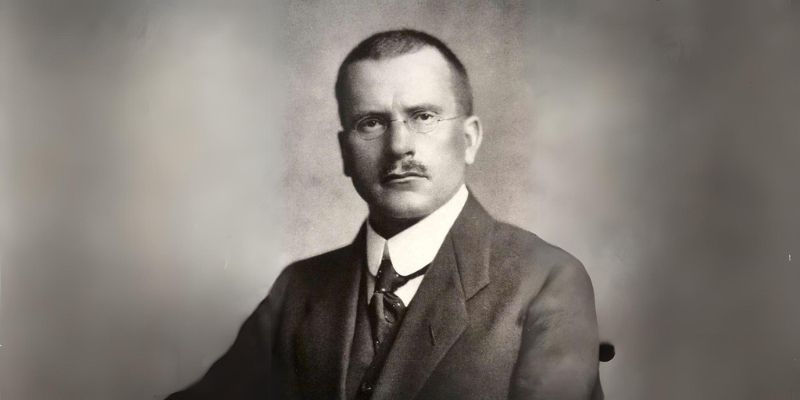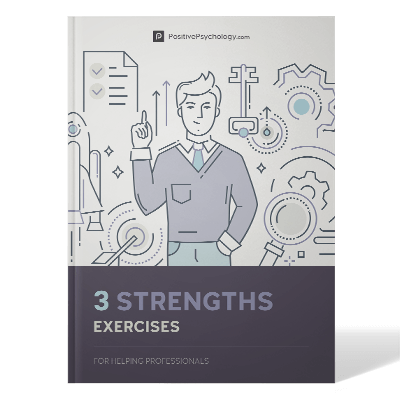Positive psychologists are exploring what it means to be wise. They’re also curious about how wisdom affects wellbeing.
Although a definition is difficult to come by, agreement on what wisdom is not, have been much easier. Researchers agree that wisdom isn’t a result of aging. They also believe that higher IQ scores don’t equal increased wisdom.
What role does age play in attaining wisdom? Can a child be wise? Current research indicates that the “optimal age to attain wisdom is about 60 years old” (Compton & Hoffman, 2013, p. 201).
The Psychology of Wisdom
Within psychological research, there are a handful of theories about wisdom. One is Robert Sternberg’s Balance Theory of Wisdom. He defines wisdom as “using one’s intelligence, creativity, common sense, and knowledge” to balance three life domains. They are interpersonal, intra-personal, and extra-personal interests. People do this over the short and long-term. The goal is to achieve balance among:
- adaptation to current environments,
- shaping of those environments, and
- choosing a new environment
Baltes and Staudinger (2000, p. 124) define wisdom as “expertise in the fundamental pragmatics of life.” This is further defined as “knowledge and judgment about the essence of the human condition and the ways and means of planning, managing, and understanding a good life.”
Through their research, they developed five criteria for evaluating wisdom-related performance.
They are:
- Factual (declarative) knowledge which asks, ‘What does one know about human nature, interpersonal relations, and social norms?’
- Procedural knowledge criteria answers, ‘What strategies does one use to navigate the twists and turns of life?’
- Lifespan contextualism criteria consider questions like, ‘Where does everything fit?’ ‘How are things interconnected?’ and ‘How are the various roles – education, family, etc. connected?’
- The relativism of values and life priorities allows for the tolerance of differences in values between people.
- Recognition of and management of uncertainty criteria acknowledges that we don’t know everything. There are limits to human processing.
Ardelt (2004, p. 257) in contrast to Baltes and Staudinger (2000), viewed wisdom as an “integration of cognitive, reflective, and affective personality characteristics.” She argues that preserved wisdom (writings) represent theoretical (intellectual) knowledge. This knowledge doesn’t become wisdom until or unless the person internalizes it. For this to happen a person must experience the truth contained in the preserved wisdom. Doing this leads to the person becoming wise(r).
Meeks and Jeste (2009) reviewed the wisdom literature and identified common areas. From their review, they created the six sub-components of wisdom:
- Prosocial attitudes/behaviors: promotion of common good, empathy, social cooperation, and altruism
- Social decision making/pragmatic knowledge of life: understanding others’ emotions and motivations and using the information to make “wise” social decisions
- Emotional homeostasis: self-control and impulse control; ability to manage oneself in challenging situations
- Reflection/self-understanding: Self-knowledge
- Value relativism/tolerance: perspective-taking behavior
- Acknowledgment of and dealing effectively with uncertainty/ambiguity: navigating uncertainty and acknowledging/accepting the limits of what one knows.
Their review also is interesting for its inclusion of specific brain regions believed to play a role in the six sub-components.
Wisdom and Positive Psychology
Peterson and Seligman (2004, p. 39) define wisdom as “knowledge hard fought for, and then used for good.” They describe it as a noble virtue or trait — one that people appreciate in others.
To date, five strengths fall beneath the wisdom umbrella in their research:
- Creativity
- Curiosity
- Judgment
- Love of Learning
- Perspective
Each of these strengths exists in every person to some degree. They also can increase in prominence as you learn to use them more. These strengths are part of a larger list consisting of twenty-four.
You can learn about all 24 of your character strengths and see how each rank. Here are two resources:
- Read Seligman’s (2011) book, Flourish: A visionary new understanding of happiness and wellbeing. Beginning on p. 243 of the appendix, you can take a condensed version of the VIA character strengths test.
- Visit ViaCharacter.org.
After you discover your top five strengths (the ones you use most often), take a look at your bottom five. These represent the strengths you don’t use as often. Some consider these weaknesses, but this isn’t necessarily true. They could be areas you don’t think much about or don’t value. For example, are you an Atheist? If so, then spirituality might be in your bottom five.
You use the strengths in the middle on an “as needed” basis. For example, if leadership is in the middle of your list, what situations call it forth? Do you use it when no one else will “step up,” and you feel the situation is important?
Revisit your results. Where do the five “wisdom” strengths fall in your list?
Wisdom/Knowledge includes some of the most dominant character strengths (VIA Character Institute, 2015a).
The 5 Types of Character Strengths in Wisdom
As of 2015, The VIA Institute on Character analyzed 655,000 results. They learned the following (VIA Character Institute, 2015a):
- 93% of respondents have either fairness, curiosity, love, judgment, or kindness among their top-5 ranked character strengths.
- 87% of respondents have either fairness, curiosity, love, or judgment as one of their top-5 strengths.
- 77% of respondents have either fairness, curiosity or love as one of their top-5 strengths.
- 61% of respondents have either fairness or curiosity as one of their top-5 strengths.
- All the Temperance strengths (self-regulation, modesty, prudence, and zest) appear least often. They’re usually ranked at the bottom.
- The 10 most frequent “go-to” strengths fall into either Wisdom/Knowledge or Transcendence.
You might be curious, and most of you are according to the previous stats if your “go-to” strengths change. Suppose you take the assessment and then retake it 6 months or a year later — what might happen?
The test has good reliability which means that things aren’t likely to change much if at all. You could see a bit of shifting. Some results are close to others so they could flip. What is less likely is that your top five will become your bottom five.
Your strengths also could move around if you’ve experienced significant personal growth. Later, you’ll read about specific activities you can do so that you can develop your strengths.
Visit the VIA Institute’s FAQ page for more information.
Creativity
Like wisdom, a definition of creativity is difficult to find. Researchers tend to refer to Big C and Little c creativity as a way to ferret out differences. Big C creativity is those works that transform whole groups of people. The impact of Big C creativity remains throughout history. It’s transformative.
Little creative endeavors impact the person but also can affect others on a smaller scale. The originality associated with this type of creativity involves solving common problems. You also might apply creative originality to everyday routines.
Creativity, as defined by Peterson and Seligman (2004), is “thinking of novel and productive ways to conceptualize and do things; includes artistic achievement but is not limited to it” (p. 29). The essential elements of creativity are originality plus adaptiveness.
Measuring creativity is difficult, but that hasn’t prevented researchers from trying. In fact, many have developed original scales and assessments to do it.
The Remote Association Test (RAT), Alternative (Unusual) Uses Test, and Torrance Tests of Creative Thinking all are process measures. All these tests seek to answer how creativity happens.
The first test asks subjects to form an association between a set of words. For example, try these:
- Swiss, cake, cottage
- man, glue, star
The Alternative (Unusual) Uses Test requires subjects to find as many possible uses for an ordinary object. Fluency, flexibility, and originality factor into the scoring. The purpose of the test is to measure divergent thinking.
The last test, used primarily with children, measures creativity, e.g., divergent thinking. Creativity Explained has a helpful explanation of this test.
 Our fascination with wisdom dates back for thousands of years. Many people throughout history have pondered what it means to be wise.
Our fascination with wisdom dates back for thousands of years. Many people throughout history have pondered what it means to be wise.



What our readers think
The Root of Wisdom is knowing what an asshole we really are.
Truly excellent. Thank you.
Interesting
Good for clarity n learning.
Here’s a definition of wisdom that I like. Wisdom is the application of the right principle at the right time, as a response to difficult circumstances, that furthers a life affirming outcome.
Wisdom is seeing things as they are and doing things as they should be done.
My top 5 strength are Creativity, Love of learning, Judgment,Curiosity and Perspective. I’m HVAC technician.Seems like i need to change my career. What do you think?
lol then you should be wise enough to decide what’s best for you…
Love this. Thank you for sharing!